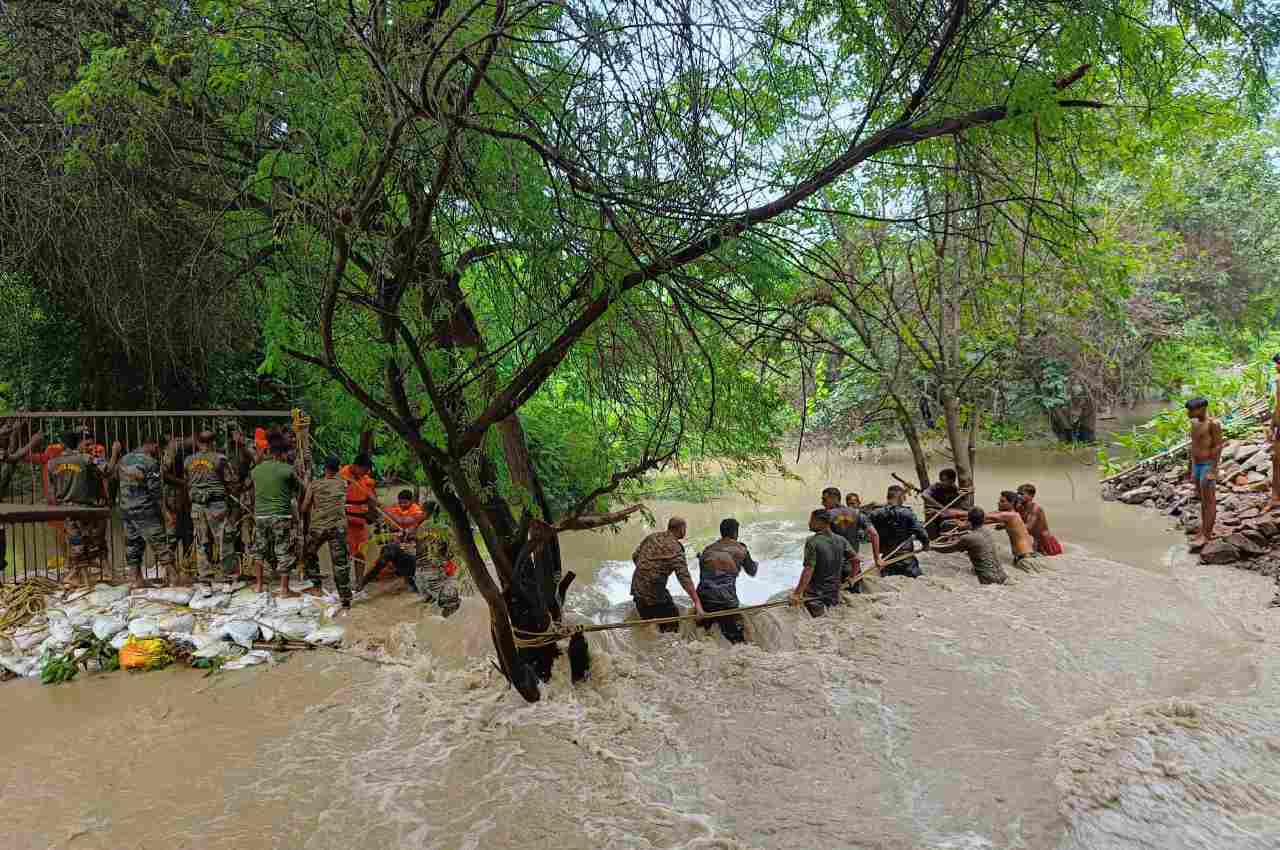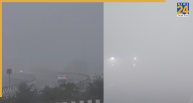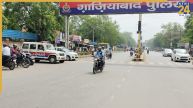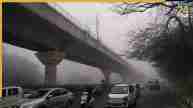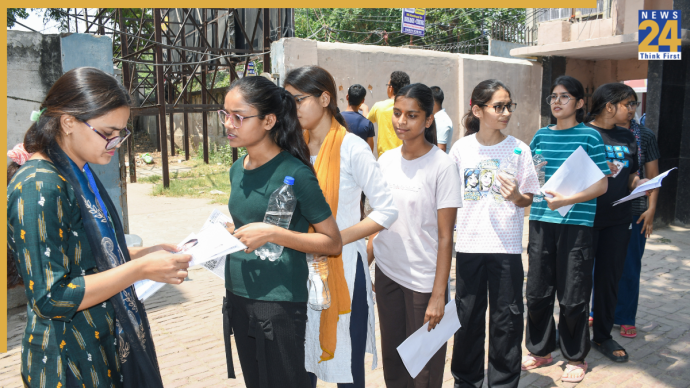New Delhi: The flood situation in Delhi caused by the overflowing Yamuna River has shown signs of improvement as the water level gradually recedes. In an effort to expedite the drainage process, the Indian Army has been called in to open the choked gates of the ITO Barrage. This article provides an overview of the current situation, the challenges faced, and the measures taken to mitigate the effects of the floods.
After reaching alarming levels and causing widespread flooding in parts of Delhi, the Yamuna River has started receding slowly. The receding water levels bring some relief to the affected areas and provide an opportunity for recovery and rehabilitation efforts to commence. However, vigilance and precautionary measures remain essential until the situation fully stabilizes.
Role of the Indian Army
Recognizing the urgency of the situation, the Indian Army has been called upon to assist in the operation of the ITO Barrage. The ITO Barrage plays a crucial role in regulating the water flow of the Yamuna River, and its gates had become choked due to the excessive debris carried by the floodwaters. The Army’s expertise and resources are being employed to clear the blockages and restore the proper functioning of the barrage.
---Advertisement---” In the service of Nation”#IndianArmy responded swiftly with #NDRF and CPWD to plug the breach in the Sluice gate of the drain near WHO building and opening of jammed Sluice gates of ITO Barrage, New Delhi, to prevent flooding. pic.twitter.com/4Z2BS9SxeC
— Uttar Bharat Area_IA (@UBArea_IA) July 14, 2023
Challenges faced and mitigation efforts
The flooding caused by the Yamuna River poses several challenges to the affected areas. It leads to waterlogging, disruption of essential services, displacement of people, and damage to infrastructure. However, prompt measures are being taken to address these challenges. Evacuation and relief operations are being conducted to ensure the safety and well-being of the affected population. Efforts are also being made to restore essential services and repair the damaged infrastructure.
Collaborative approach and public awareness
Dealing with floods requires a collaborative approach involving multiple agencies, authorities, and the public. Government agencies, including disaster management authorities, are working in coordination with the Army and local authorities to mitigate the effects of the floods. Public awareness campaigns are being conducted to disseminate important information, safety measures, and emergency contact details to ensure the well-being of residents and facilitate timely assistance.
Long-term preparedness and infrastructure development
The recurring floods in Delhi highlight the importance of long-term preparedness and infrastructure development. Implementing measures such as improving drainage systems, constructing flood barriers, and enhancing the capacity of water reservoirs can help mitigate the impact of future floods. Additionally, raising public awareness about responsible waste disposal and preventing encroachments on floodplains can contribute to long-term flood prevention.
The receding water levels of the Yamuna River in Delhi bring a glimmer of hope to the flood-affected areas. With the assistance of the Indian Army, the choked gates of the ITO Barrage are being cleared to facilitate the drainage process. However, the situation requires ongoing vigilance and coordinated efforts from various stakeholders. By prioritizing long-term preparedness, infrastructure development, and public awareness, we can strive to minimize the impact of floods and ensure the safety and well-being of communities affected by such natural disasters.

